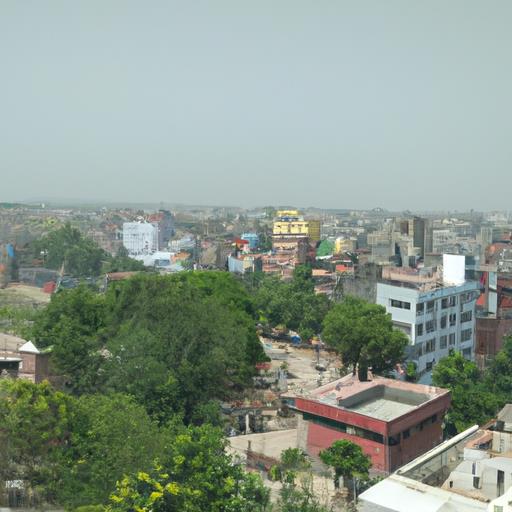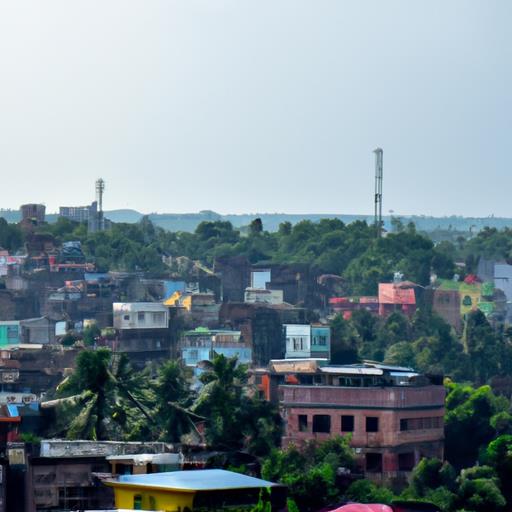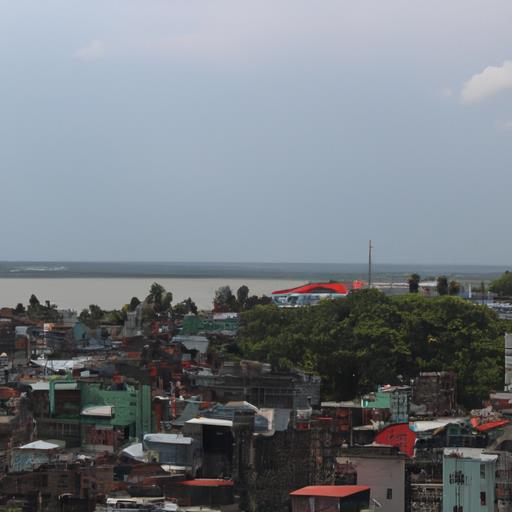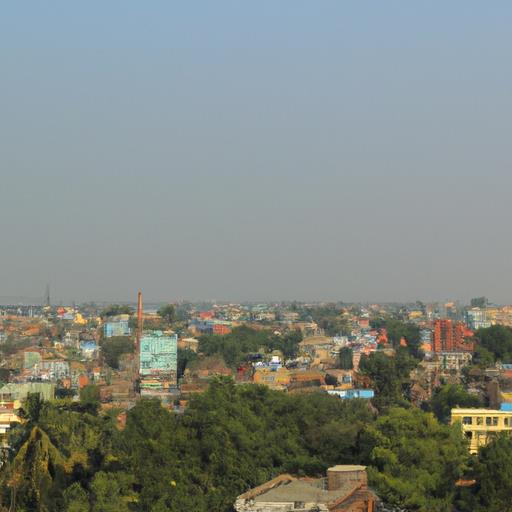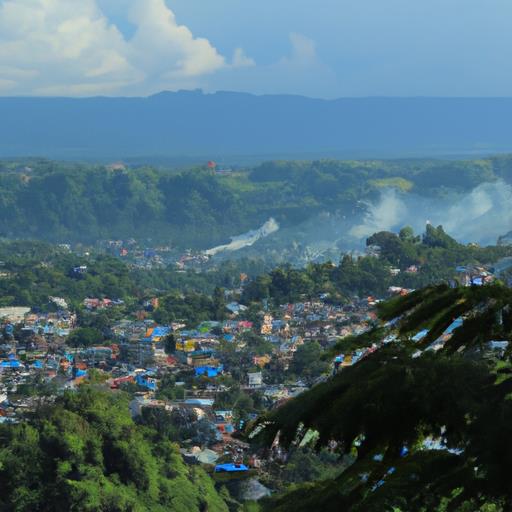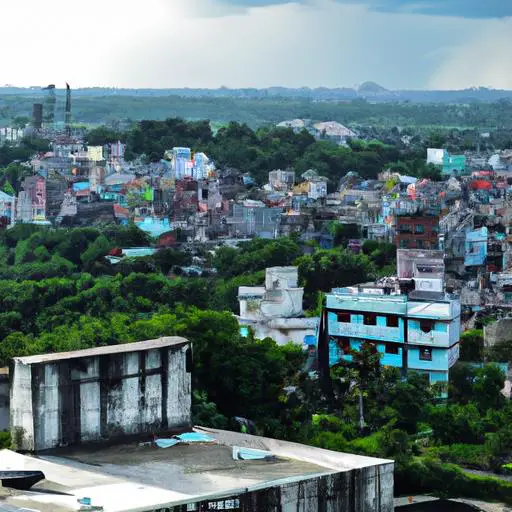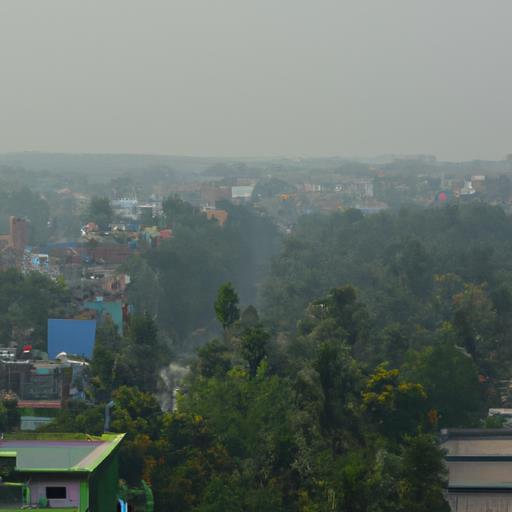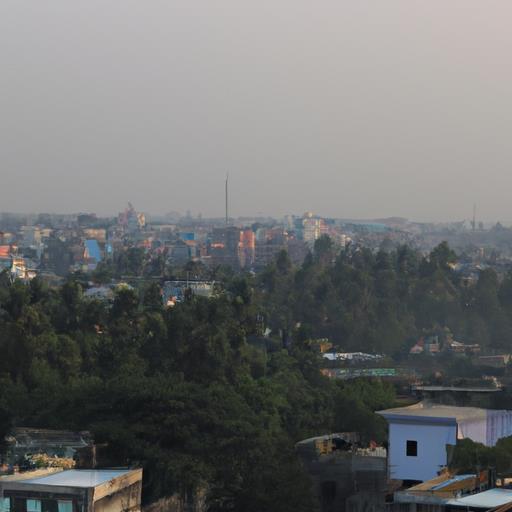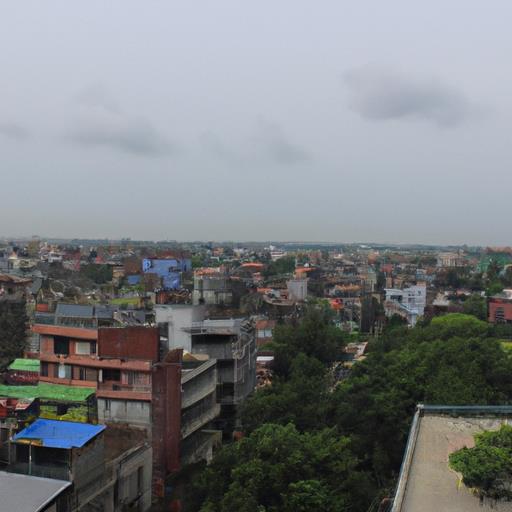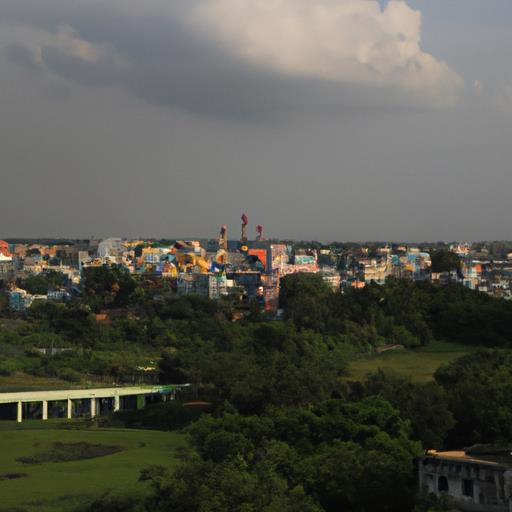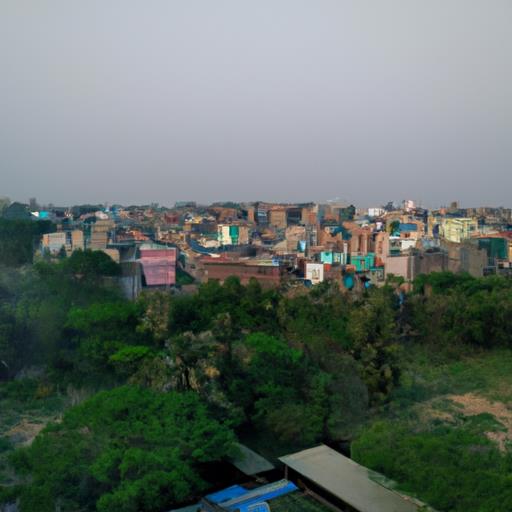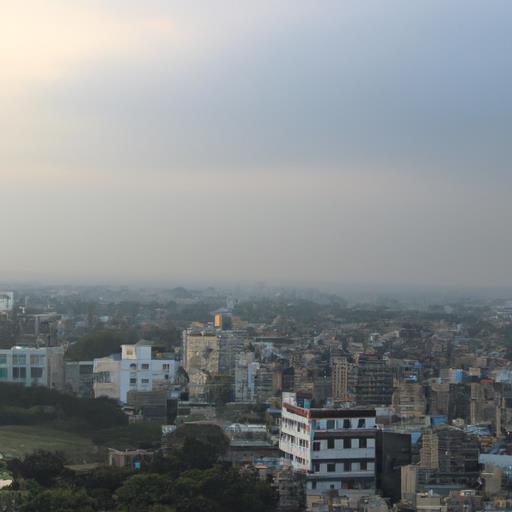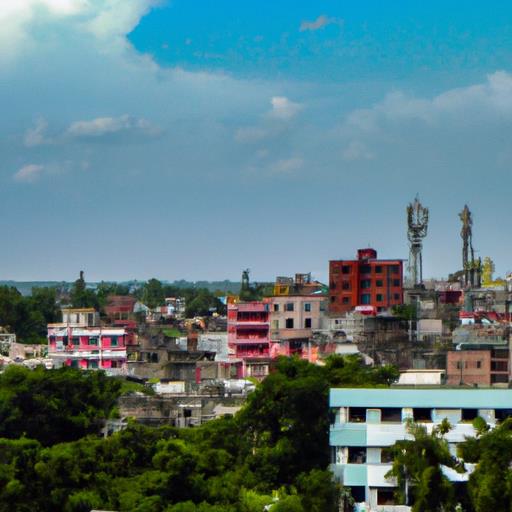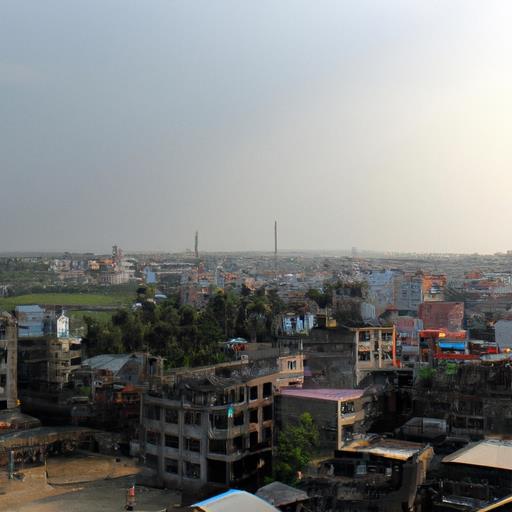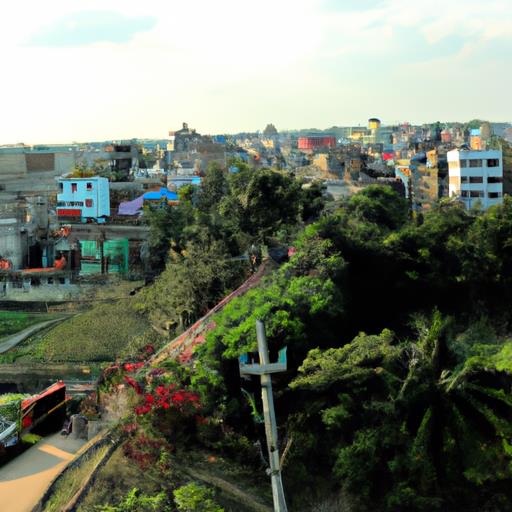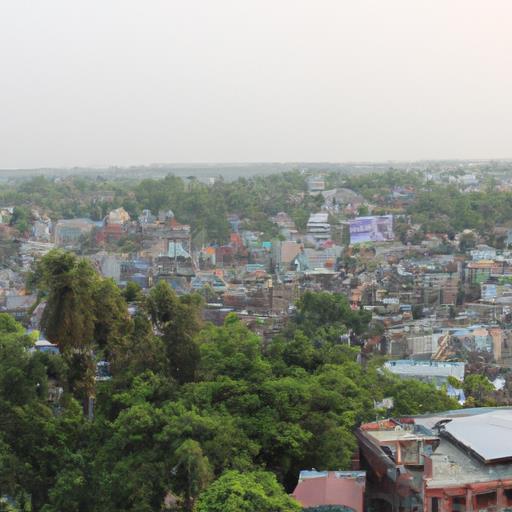History & Information About Jatiyo Sangsad Bhaban
History & Information About Jatiyo Sangsad Bhaban
The Jatiyo Sangsad Bhaban, also known as the National Parliament House, is the official legislative building of Bangladesh. Located in the capital city of Dhaka, it serves as the meeting place for Members of Parliament. The architectural masterpiece was designed by the renowned American architect Louis Kahn and is considered one of his most significant works.
The construction of Jatiyo Sangsad Bhaban began in 1961 and was completed in 1982. The building stands on a 200-acre site and covers an area of approximately 800,000 square feet. Its unique design represents a strong symbol of democracy and national identity for the people of Bangladesh.
The overall design philosophy of the Jatiyo Sangsad Bhaban is based on geometric patterns and symmetry. The building complex consists of three main buildings: the Main Plaza, the South Plaza, and the Presidential Plaza. The Main Plaza is the central administrative and legislative block, housing the Parliament Chamber and offices of Members of Parliament.
The Parliament Chamber is the most significant feature of the Jatiyo Sangsad Bhaban. It is a grand circular space that can accommodate up to 354 Members of Parliament. The chamber design ensures that all members have an equal line of sight to the Speaker and can actively participate in the democratic process.
The South Plaza is an open space that connects the various components of the complex. It provides a welcoming environment for visitors and serves as a gathering place for political rallies and other public events. The Presidential Plaza, located on the east side, includes the residence of the President of Bangladesh.
The Jatiyo Sangsad Bhaban is not just an architectural marvel; it also embodies the spirit of the Bengali culture and heritage. The materials used in the construction, such as local pinkish sandstone and marble floors, represent the traditional building elements of Bangladesh. The building's design seamlessly integrates with the surrounding landscape and reflects the natural beauty of the region.
Visitors to the Jatiyo Sangsad Bhaban can explore the complex through guided tours. These tours provide an opportunity to appreciate the architectural brilliance, learn about the parliamentary proceedings, and gain insights into Bangladesh's political history. The building has become a significant tourist attraction, attracting architecture enthusiasts and history buffs from around the world.
The Jatiyo Sangsad Bhaban stands as a symbol of Bangladesh's democratic values and a testament to its rich history. It serves as a reminder of the country's journey towards independence and its commitment to democratic governance. The architectural grandeur and the thoughtful design of the building make it an iconic landmark that showcases the nation's aspirations and progress.
In conclusion, the Jatiyo Sangsad Bhaban, or National Parliament House, is a magnificent architectural masterpiece that represents the spirit of democracy in Bangladesh. Designed by Louis Kahn, the building showcases a unique blend of modern and traditional elements. It serves as the seat of the country's legislative body and attracts visitors from near and far. The Jatiyo Sangsad Bhaban is not only a symbol of political importance but also a symbol of national pride for the people of Bangladesh.
Read more interesting post
Interesting Lesser Known Facts About National Parliament House (Jatiyo Sangsad Bhaban), Bangladesh City
The National Parliament House of Bangladesh, also known as Jatiyo Sangsad Bhaban, is an iconic architectural marvel located in the capital city of Dhaka. Here are some lesser-known facts about this impressive structure:
Creative Architectural Design:
The Jatiyo Sangsad Bhaban was designed by renowned architect Louis Kahn. Its unique and distinctive design resembles the shape of a giant lotus, symbolizing purity and divinity. The building stands tall with a combination of geometric shapes, symmetry, and natural light, creating a visually stunning ambiance both inside and outside.
Construction Materials:
To construct this magnificent structure, local materials were primarily used. The walls were built using pinkish-beige Dhaka bricks while concrete was used for the structural elements. Additionally, marble from Italy and steel from Pakistan were imported to enhance the building's grandeur and stability.
Amphitheater Shape:
The parliament chamber at Jatiyo Sangsad Bhaban features a unique amphitheater-like shape. This design promotes transparency and visibility as every member of parliament can clearly see each other and the Speaker, creating an environment conducive to healthy and open debates.
Abundance of Natural Light:
Natural light plays a pivotal role in the design of Jatiyo Sangsad Bhaban. The building incorporates a significant number of windows and skylights, allowing ample daylight to filter through and illuminate the entire structure. This design not only reduces energy consumption but also creates a soothing and refreshing atmosphere.
Symbolic Elements:
Several symbolic elements are present throughout the parliament building. The number 354, representing the total MPs in Bangladesh, is engraved on the main entry stairs. The architectural features, such as the use of stairs, ramps, and corridors, embody the democratic spirit, emphasizing the accessibility of power through a gradual ascent.
Reflecting Ponds:
Surrounding the Jatiyo Sangsad Bhaban, there are artificial lakes known as reflecting ponds. These ponds not only enhance the beauty of the building but also act as cooling mechanisms, reducing the overall temperature and acting as a natural barrier against fire hazards.
Landscaping and Greenery:
The vast campus of the National Parliament House features meticulously planned landscaping with lush greenery. The serene environment with various trees, plants, and well-maintained gardens adds to the overall splendor of the complex.
Accessibility:
Jatiyo Sangsad Bhaban emphasizes the concept of openness and accessibility. The premises include multiple entry points, spacious corridors, ramps, and elevators to ensure easy movement for everyone, including individuals with disabilities.
Similar post
Travel Guide For Visiting National Parliament House (Jatiyo Sangsad Bhaban), Bangladesh
If you are planning a visit to Bangladesh, a must-see attraction is the National Parliament House, also known as Jatiyo Sangsad Bhaban. This iconic structure is located in the capital city of Dhaka and holds great historical and architectural significance.
To ensure a smooth and enjoyable visit, here is a comprehensive travel guide:
Location and Getting There
The National Parliament House is situated in the Sher-e-Bangla Nagar area of Dhaka. You can easily reach there by hiring a taxi, riding a rickshaw, or using a ride-sharing service like Uber or Pathao. It is advisable to check the traffic situation beforehand to plan your journey accordingly.
Visiting Hours
The National Parliament House is open to visitors from Sunday to Thursday. The visiting hours are generally from 10:00 AM to 5:00 PM. However, it is always recommended to confirm the timings in advance as they might vary on public holidays or due to special events.
Entry Requirements
Prior permission is required to visit the National Parliament House. You can obtain this permission by contacting the concerned authorities or through the offices of your local representative. Make sure to carry a valid identification document, such as a passport or national ID, as it may be needed for security purposes.
Guided Tours
Guided tours are available for visitors, providing valuable insights into the history, architecture, and functioning of the parliament. These tours are usually conducted by trained guides and give you the opportunity to explore different areas of the complex.
Etiquette and Dress Code
As the National Parliament House is a place of great importance, it is essential to maintain proper decorum during the visit. Dress modestly and avoid wearing revealing or offensive clothing. Photography may be restricted in certain areas, so it is advisable to follow the instructions given by the guides or security personnel.
Other Nearby Attractions
If you have some extra time, you can also explore other nearby attractions in Dhaka. Some popular options include the National Martyrs' Memorial, National Museum, Lalbagh Fort, and Ahsan Manzil.
Final Tips
Before visiting the National Parliament House, it is recommended to check if any renovation or maintenance work is in progress, as this might affect the availability of certain areas. Additionally, try to plan your visit during the pleasant weather seasons of winter and spring to enjoy the outdoor surroundings.
By following this travel guide, you can make the most out of your visit to the National Parliament House in Bangladesh. Enjoy the rich history, stunning architecture, and cultural significance of this remarkable landmark!
Similar post
FAQ - National Parliament House (Jatiyo Sangsad Bhaban), Bangladesh
What is the National Parliament House of Bangladesh?
The National Parliament House, also known as Jatiyo Sangsad Bhaban, is the official parliament building of Bangladesh. It is where the elected representatives gather to discuss and make decisions on various issues and policies of the country.
When was the National Parliament House built?
The construction of the National Parliament House began on April 28, 1961, and was completed on December 28, 1982.
Where is the National Parliament House located?
The National Parliament House is located in Sher-e-Bangla Nagar, the capital city of Dhaka in Bangladesh.
Who designed the National Parliament House?
The National Parliament House was designed by world-renowned American architect Louis Kahn. His design was selected through an international competition held in 1962.
What makes the National Parliament House unique?
The National Parliament House is considered a significant architectural masterpiece and an iconic symbol of modern architecture. It is renowned for its unique design principles, special use of geometric shapes, natural light, and incorporation of local materials. The building stands as a testament to the creativity and innovation of its architect.
What is the architectural style of the National Parliament House?
The architectural style of the National Parliament House is often described as a combination of modernist and brutalist architecture. It showcases geometric simplicity, monumental scale, and extensive use of concrete.
How big is the National Parliament House?
The National Parliament House spans an area of 200 acres (80.94 hectares) and comprises several structures, including the main building and surrounding landscapes.
How many members can the National Parliament House accommodate?
The National Parliament House has the capacity to accommodate around 354 members, representing different constituencies and political parties.
Can visitors enter the National Parliament House?
Visitors can enter certain areas of the National Parliament House with proper permission and under guided tours. The building is accessible to the general public during specific visiting hours.
Same cateogry post

